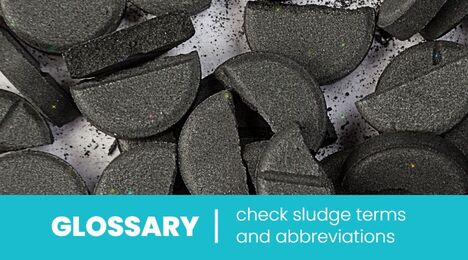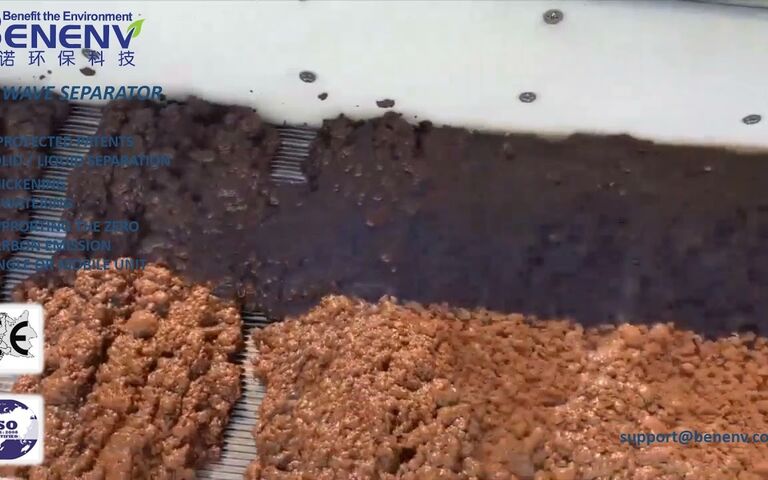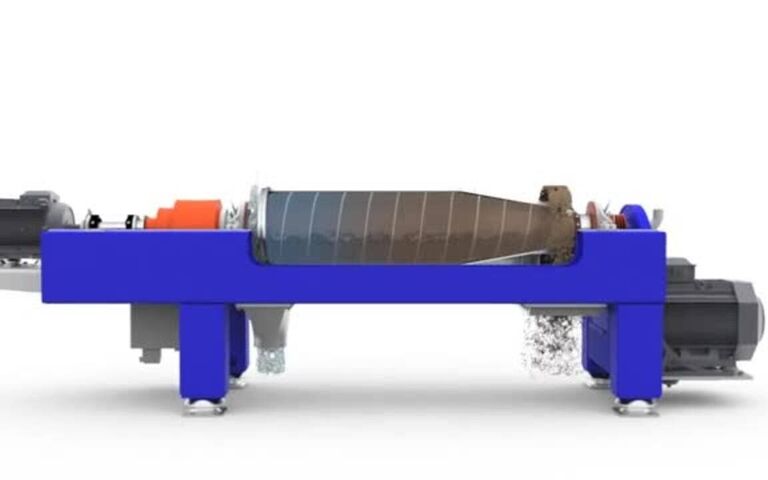Sludge treatment − solar dryers

How solar dryers work
Solar dryers make use of renewable solar energy to dry sludge. Since this energy source is much less intensive than that used for fossil fuel-heated driers, the installations incur a much larger footprint due to the constraints on the available thermal energy.
They take the form of large greenhouses into which the sludge is fed either continuously or in batches. Solar drying provides the lowest energy demand of all dryers, as low as 50 kWh/t. Although heating is provided at zero or minimal cost, energy is demanded by both the mechanical agitation of the sludge solids and deodorisation of the exhaust air.
Supplementary heating, often using a waste heat source as with conventional dryers, is often needed to sustain a reasonable drying rate. Examples of heat sources include flue gases from nearby electrical power generation plants, and geothermal heating. The use of flue gases recovers the heat from this waste stream but may also demand dehumidification and upgrading of the exhaust gas treatment.
Solar drying can otherwise take in up to 30 days at ambient temperatures of 15-20 °C depending on the sludge characteristics.





